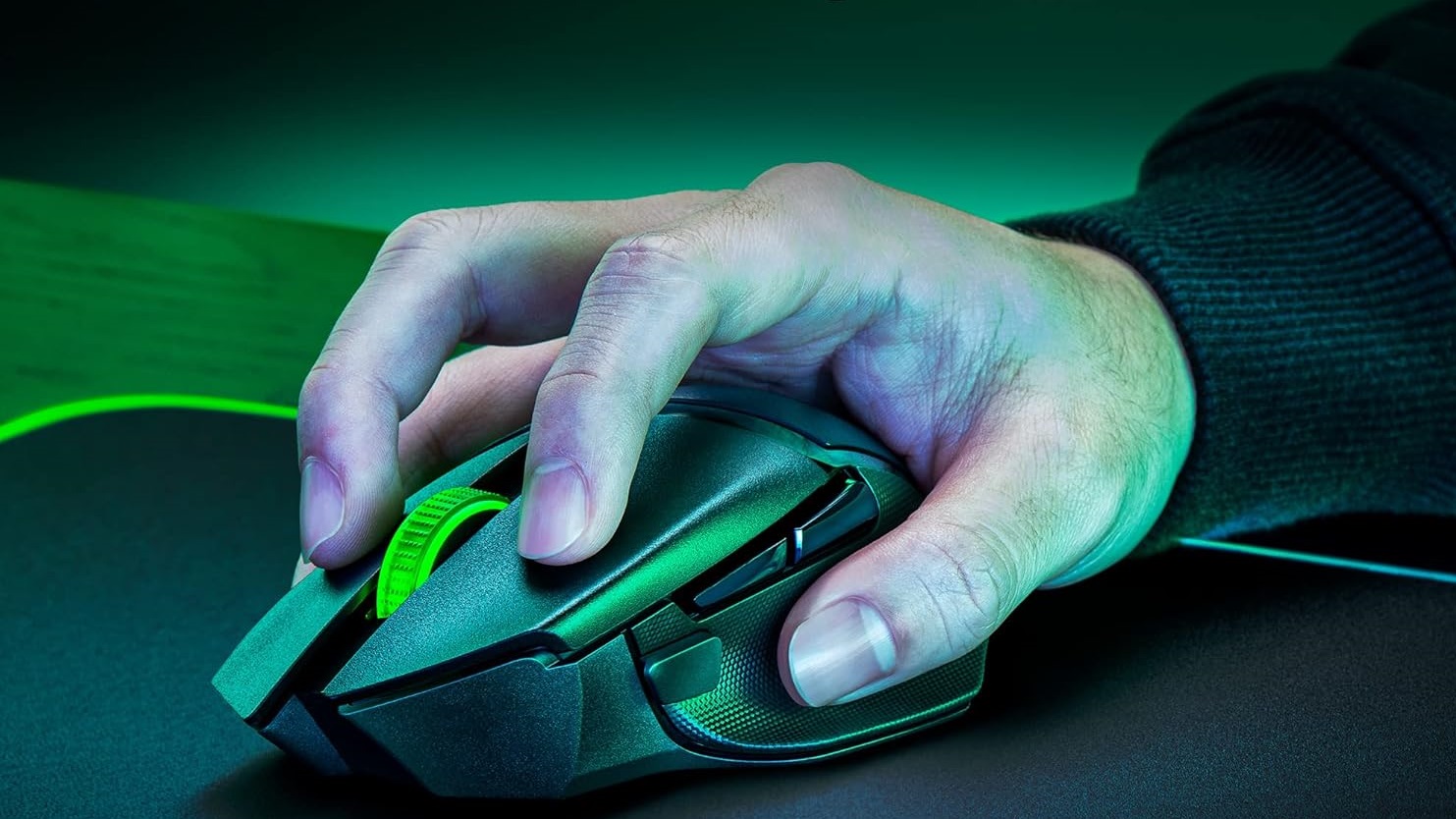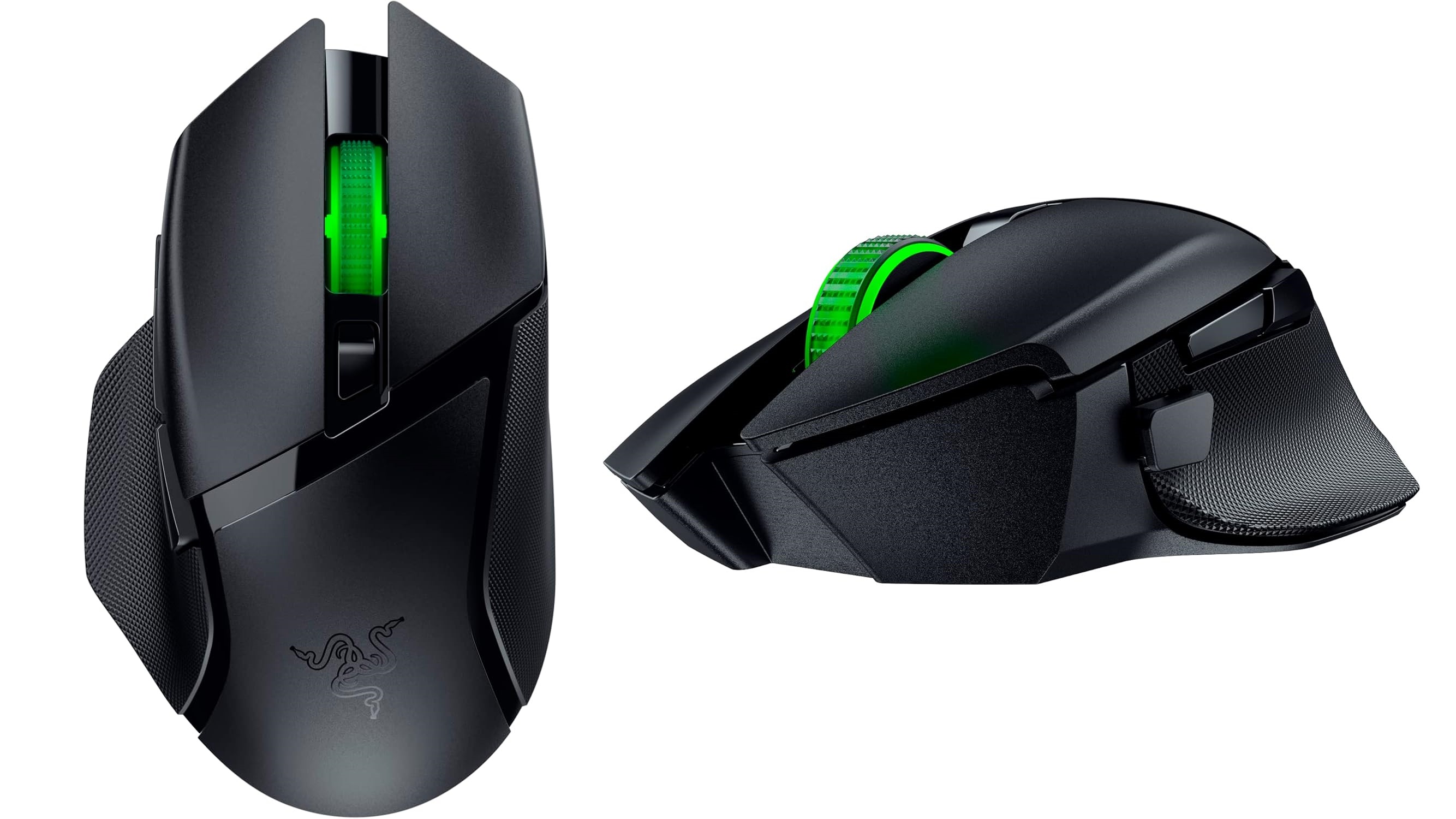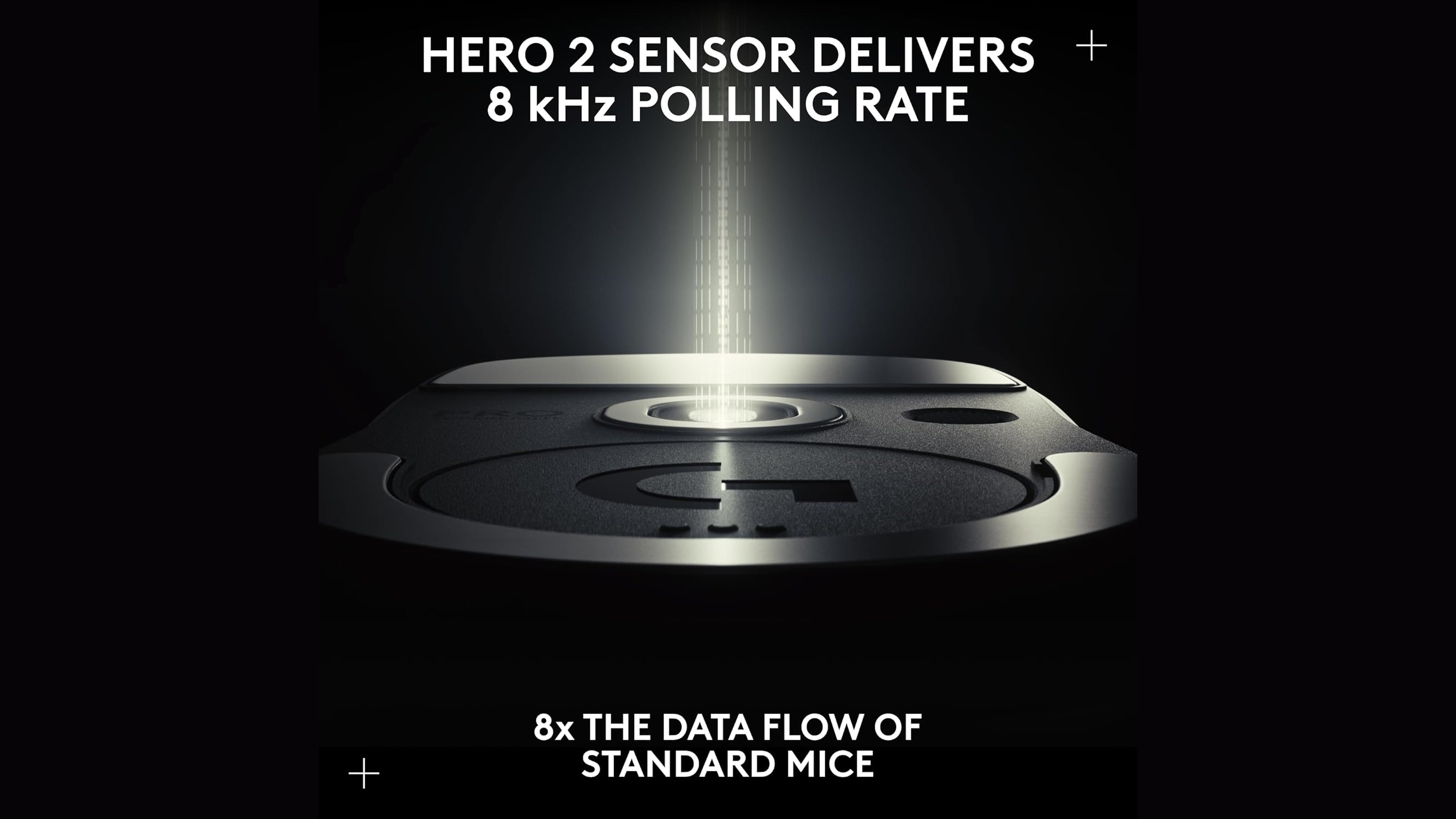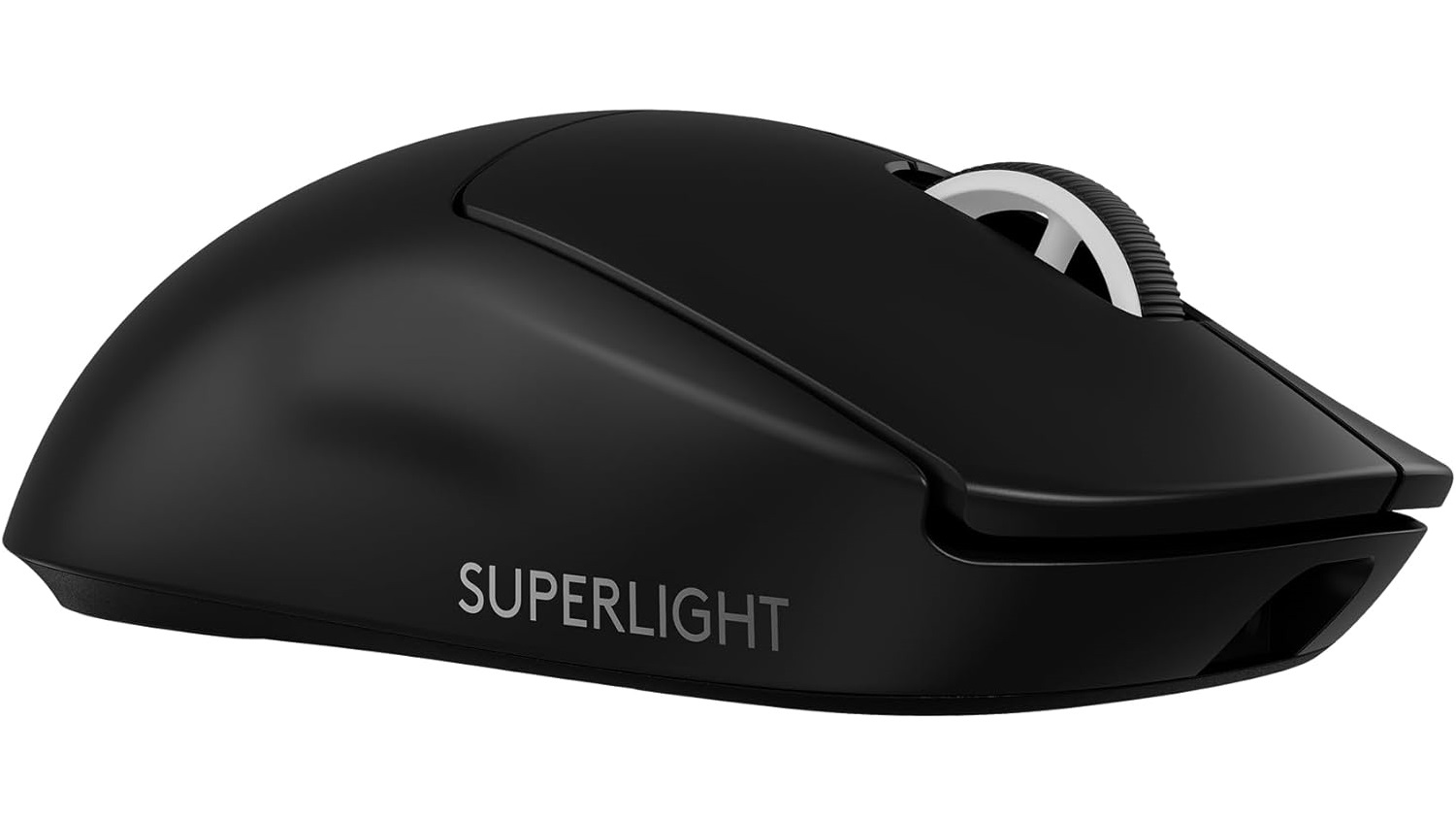Are you in the market for a new gaming mouse, but unsure which to buy? This guide will help you choose one based on DPI, sensor, and more.

If you are a professional gamer, choosing the right mouse is a critical decision in your gaming career. It could mean the difference between success and losing out early. Aspects of a mouse, such as the type of sensor, DPI, sensor sensitivity, polling rate, and more, will play a crucial role in your gaming sessions.
In this article, we will explain the different aspects of a mouse and how they can affect its performance. Thereby, we will help you choose the right mouse for your gaming journey.
Note: The contents of this article are subjective and reflect the writer’s opinions.
How To Choose the Right Gaming Mouse: A Detailed Overview
A mouse is made up of several components, including buttons, a scroll wheel, a tracking sensor, and a PCB with a microcontroller. Each of the components talks to the microprocessor, which acts as the brain of the mouse and manages everything. The type of sensor used and how well it communicates with the microcontroller will dictate the performance of the mouse. Also, the microcontroller itself has to be powerful enough to handle high-end sensors.
With that said, here’s everything you need to know when choosing the right gaming mouse:
Ergonomics and Long-term Comfort

The preferred shape and weight of a mouse heavily depend on the user and their preference. Therefore, what works for a professional CS 2 player may not work for you. Some users prefer an ambidextrous design, while others may want an ergonomic profile to fit their palm better.
Let’s discuss the ambidextrous design. It is symmetrical in design. Hence, both right and left-handed people can use such a mouse. However, many users find it tiring to use such mice in the long run, especially users with carpal tunnel syndrome. However, it is better for people who hold the mouse in a claw grip style.
On the other hand, a mouse with contorted designs is more ergonomic and allows for palm grips. Additionally, mice with ergonomic designs tend to be better for long gaming sessions. However, the design choice rests entirely on your shoulders, and what works for me won’t work for you. That’s why this is something you must decide for yourself.
DPI and Sensor Sensitivity

The mouse sensor, whether optical or laser, has an LED that floods light on the surface of the table or a mouse pad. The sensor then tracks the surface’s movements accurately and uses this data to move the cursor on your PC’s display. How this sensor performs depends on how many dots per inch (DPI) it can track and how accurately.
An average gaming mouse can track between 3,200 and 6,400 DPI, but high-end ones can track up to 30K DPI or above. However, a high DPI number won’t mean much if the accuracy is not up to the point. A few examples of good high-end sensors include: PixArt PAW3395, PixArt PAW3950, Logitech HERO 25K, and ASUS ROG AimPoint Pro.
The PixArt PAW3950 sensor is used in Razer’s gaming mice, such as Viper V3 Pro and Naga V2 Pro. Therefore, you should check what sensor a mouse has before choosing it.
The Impact of Polling Rate and Latency
Polling rate determines how quickly and frequently the microcontroller of a mouse can communicate with a computer. Most professional gaming mice can achieve a 1000Hz polling rate on average, which equates to 1 millisecond of latency. Essentially, the mouse takes 1ms to communicate with your PC.
The higher the polling rate, the lower the latency. Some high-end mice can achieve up to 8,000 or even higher, so check for that when researching a mouse. The polling rate depends on the type of connection used, the sensor, the microcontroller, and the firmware used.
Wired Vs Wireless Connectivity

The last thing you need to worry about is connectivity. Wired connectivity generally delivers the lowest latency and a high polling rate. However, these days, wireless connectivity comes strikingly close to a wired mouse and even beats it in some scenarios. Therefore, you should worry about performance. When it comes to the debate of wired vs wireless mice, it all comes down to pricing these days.
A solid wireless mouse is going to be a lot costlier than a wired mouse. Therefore, if budget is not an issue, go with wireless mice, or else, get a wired mouse. Both will serve just fine, but with wireless mice, you don’t have to worry about dangling wires or the wire getting dragged and slowing you down in critical moments.
Final Thoughts
When you are in the market looking for a new gaming mouse, the only things you should look for are: DPI, sensor performance, polling rate, connectivity, and long-term comfort. Get the mouse that can deliver all these things and more.
We provide the latest news and “How To’s” for Tech content. Meanwhile, you can check out the following articles related to PC GPUs, CPU and GPU comparisons, mobile phones, and more:
- 5 Best Air Coolers for CPUs in 2025
- ASUS TUF Gaming F16 Release Date, Specifications, Price, and More
- iPhone 16e vs iPhone SE (3rd Gen): Which One To Buy in 2025?
- Powerbeats Pro 2 vs AirPods Pro 2: Which One To Get in 2025
- RTX 5070 Ti vs. RTX 4070 Super: Specs, Price and More Compared
- Windows 11: How To Disable Lock Screen Widgets
 Reddit
Reddit
 Email
Email


